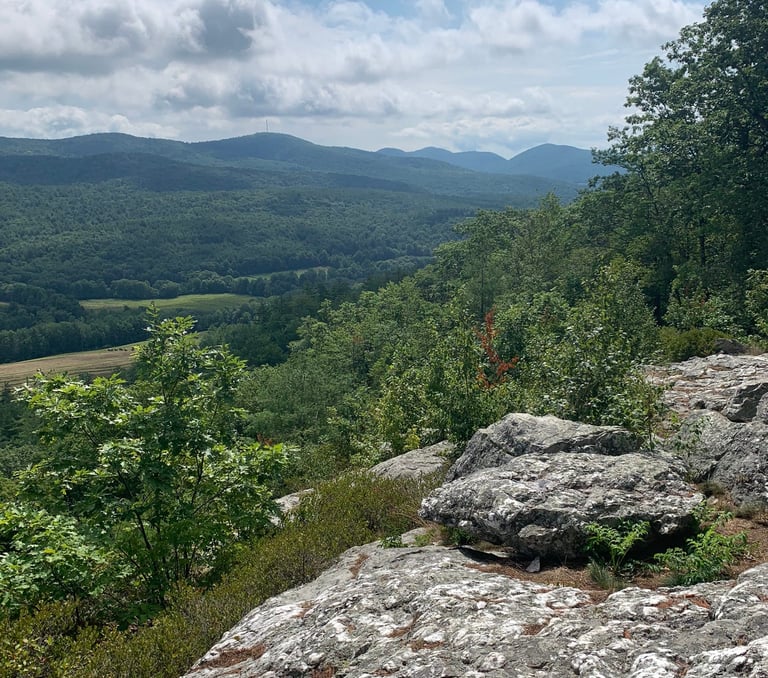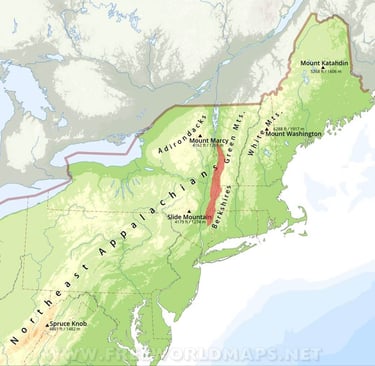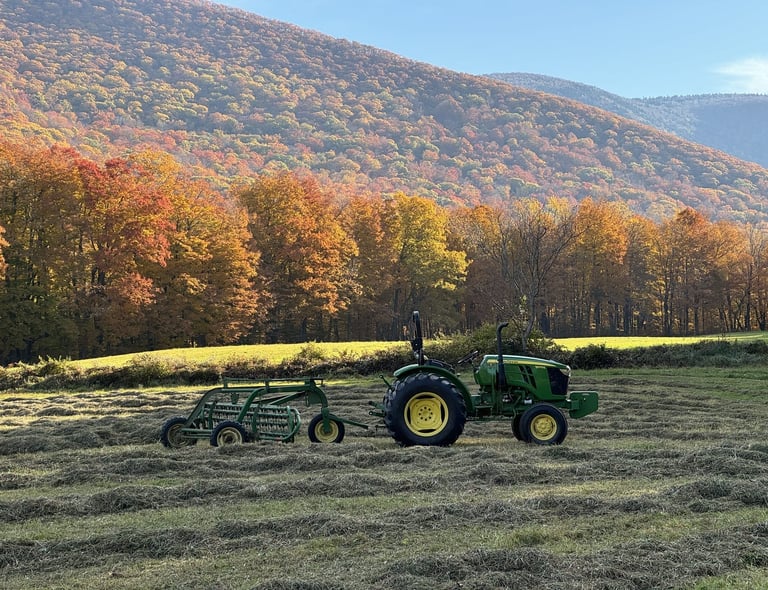
The 12er Challenge
The Taconic 12er Challenge was created to inspire people to explore the natural wonders of the often overlooked Taconic region while promoting responsible, low-impact outdoor recreation and environmental stewardship.
This self-guided challenge showcases the natural beauty and diverse terrain of the Taconic Mountains by inviting hikers to summit twelve scenic peaks located across the expansive, 150-mile long range. Participants will wander meadows and marshland, follow trails upward through broadleaf and evergreen forests, and scramble to panoramic vistas as they explore nearly a dozen different tracts of preserved land in 4 states.
Upon completing all twelve summits, participants will earn an exclusive commemorative finisher patch, a badge of honor recognizing their dedication, perseverance, and love for the Taconic mountains.
Whether you're a seasoned peakbagger or a hiking novice, the Taconic 12er Challenge offers an achievable yet rewarding goal that will take you on some of the most enjoyable adventures in the Northeast.


Ready to take the challenge?
The Taconic Mountains


Taconic Region highlighted in red, separating the Green and Berkshire Mountains to the east and the Hudson River Valley to the west.
Image courtesy of FreeWorldMaps.Net
The Taconic Mountains stretch 150-miles North-South along the borderlands of New York, Vermont, Massachusetts, and Connecticut. A sub-range of the Appalachians, they create a natural divide between the Hudson River Valley to the west and the Green and Berkshire Mountains to the east. They were born out of the earliest of three significant mountain-building events of the Appalachians known as the Taconic Orogeny roughly 440 million years ago. The Taconic Orogeny uplifted the region, creating thrust faults and metamorphic layers which make the Taconic Mountains geologically unique from surrounding ranges. Over time, the original mountains eroded, leaving behind the rugged hills and ridges we see today. The range is divided into three regional parts:
The Southern Taconics merge from the New York Highlands of Dutchess County into rolling hills and ridges as they meet the borders of Connecticut and Massachusetts. Here, large tracts of preserved land offer bountiful recreation opportunities.
The Central Taconics continue north and gain elevation along the New York and Massachusetts border, staying west of the Hoosic River. The region include two distinct eastern offshoots- the Lenox massif and the Greylock Massif.
The Northern Taconics follow the Hoosic River north into Vermont, gaining elevation and vertical prominence to the range's high point at Equinox Mountain, before once again diminishing into low rolling hills and isolated summits stretching all the way to Burlington.
The Taconic Region
The Taconic region was traditionally inhabited by the Mohican people, part of the Algonquian language family. The name "Taconic" likely derives from words meaning “in the woods” or “goose place”. European settlers, too, were drawn to the valleys and foothills of the Taconics for farming, timber, and mineral resources.
In the 19th century, the Taconic Mountains became a focal point of American Geology. Academic attention elevated the region’s profile and underscored its scientific value. The late 19th century saw a cultural shift toward appreciating wilderness for its beauty and ecological importance. By the mid-20th century, this momentum led to the creation of public lands such as Mount Greylock State Reservation (est. 1898) and Taconic State Park (est. 1924). Large swaths of the range are now conserved through state parks, wildlife management areas, and land trusts. Protected, unfragmented forest provides critical habitat for flora and fauna, while serving as a safe corridor for migratory species. Outdoor recreation opportunities are plentiful, including hundreds of miles of hiking and multiuse trails.
The Taconics remain sparsely populated, and they retain a charming agrarian feel. Small, historic towns and picturesque farms sit nestled at the foot of forested hillsides. Visiting and adventuring in the Taconic Mountains offers a quieter, more off-the-beaten path alternative to the busy neighboring mountain regions.






